The CP-140 is the Canadian Do-It-All Version of the Lockheed P-3 Maritime Patrol Platform
On 22 March 1979, the prototype Lockheed CP-140 Aurora took to the skies for the first time. While the Aurora is built on Lockheed’s P-3 Orion airframe, the CP-140 has an entirely different sensor suite than does the Orion.
Now operating in its 44th year, the CP-140 is Canada’s primary platform for maritime and overland intelligence, surveillance, and reconnaissance (ISR), strike coordination, anti-surface warfare, and search and rescue (SAR) missions. The Aurora also combats illegal immigration, fishing, pollution, and drug trafficking in Canada.
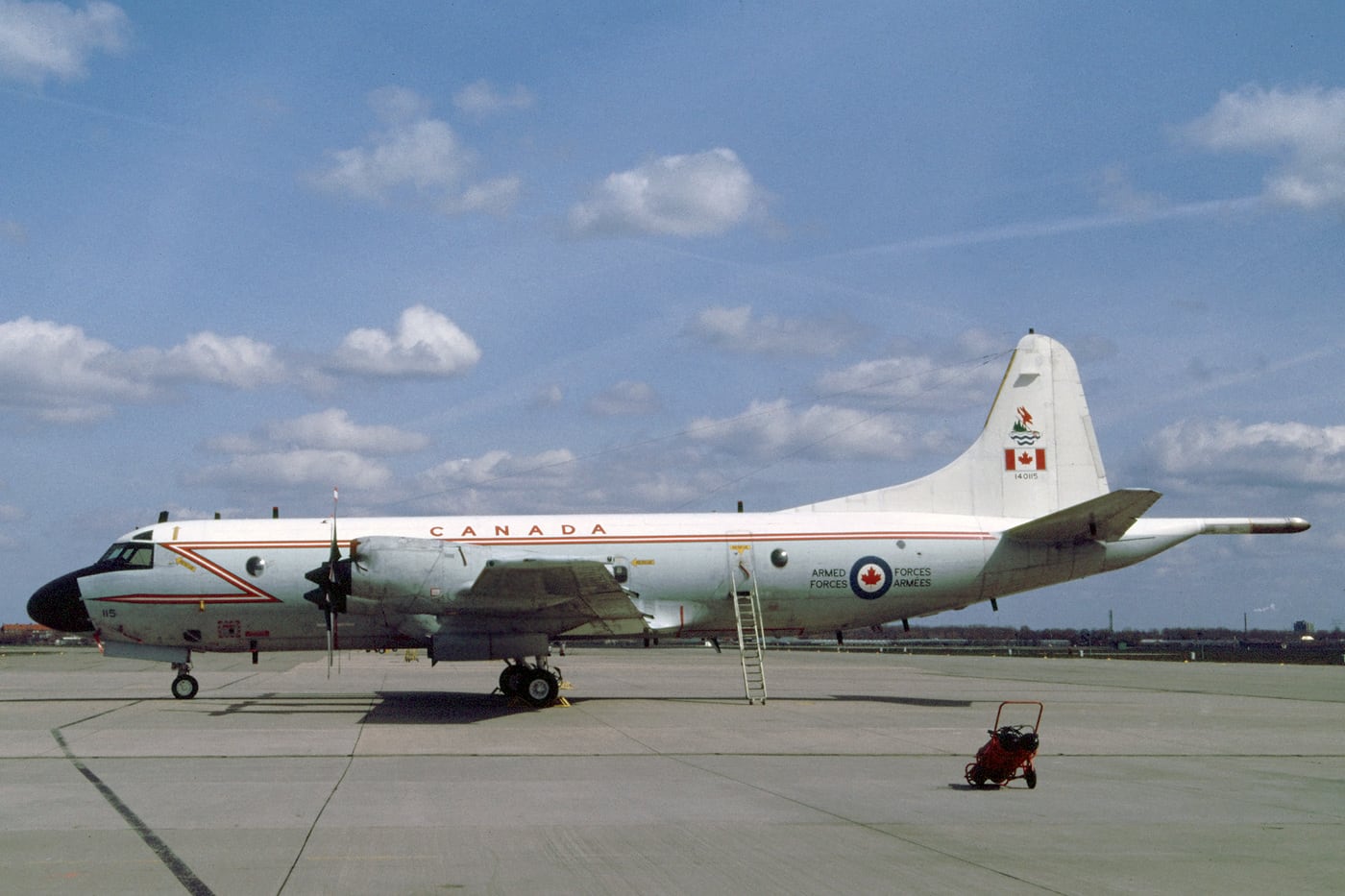
A Multi-Mission Platform
As Canada’s primary anti-submarine warfare (ASW) platform, the CP-140 can also detect and destroy the latest generation of submarines with improved quieting. In combination, these capabilities allow the Aurora to detect, deter, and control illegal or hostile activity anywhere in Canada’s maritime approaches or remote regions. The CP-140 can also perform rescue work using its air-droppable survival pods.
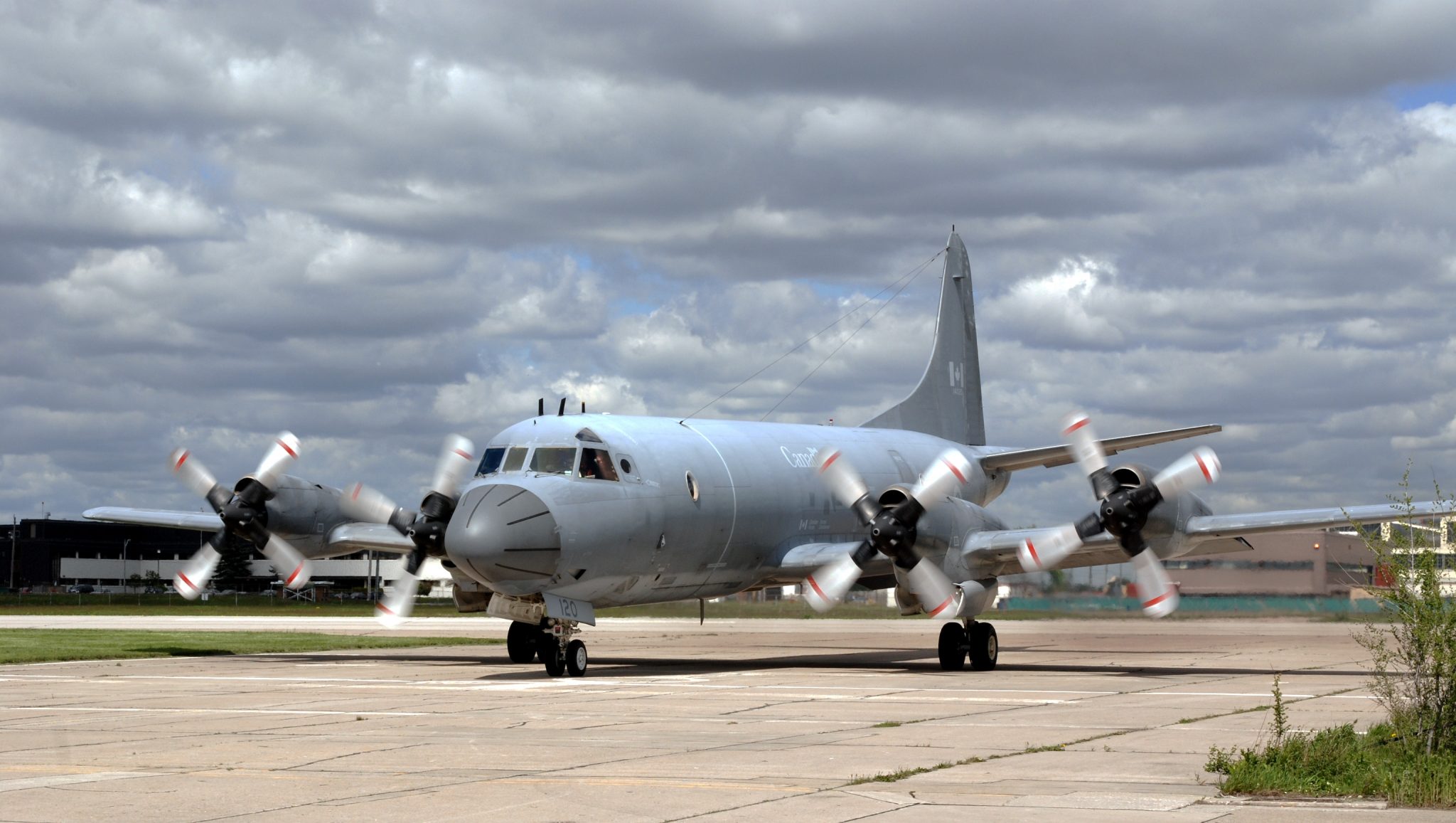
Replacing a Local Legend
The Aurora became necessary when Canada needed a replacement for their aging fleet of Canadair CP-107 Argus anti-submarine warfare aircraft. Developed from the Bristol Britannia transport, the Argus was powered by Wright R-3350 radial engines. While a fine and immensely capable aircraft in its day, by the late 1970s, it was showing its age, and parts for the older aircraft systems were becoming increasingly difficult to obtain.
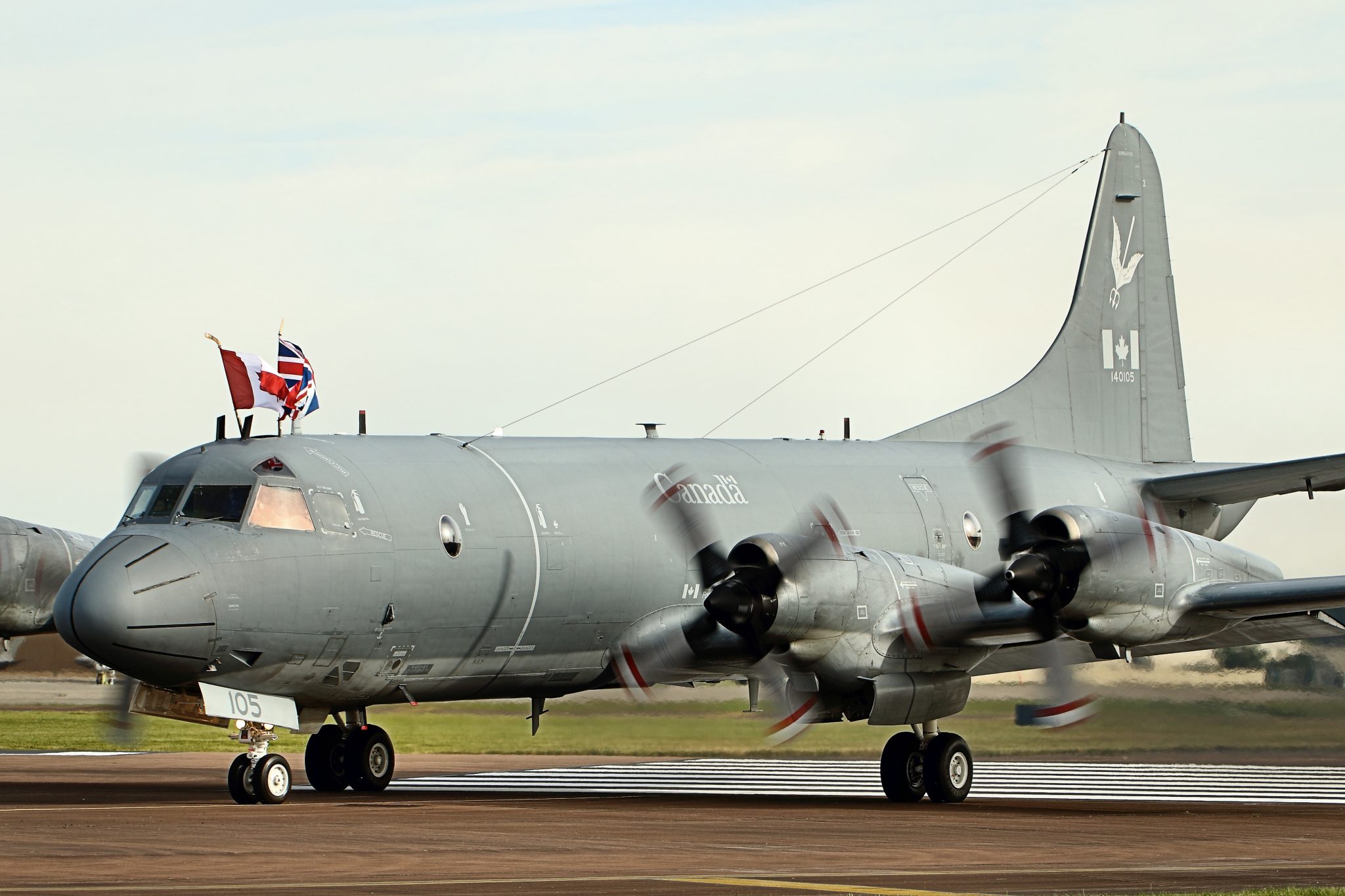
Better Than the Sum of Its Black Boxes
The Canadians examined the Lockheed products of the day and selected the best assets from each. The obvious external resemblance to the P-3 Orion belies the important differences inside the Aurora. CP-140s utilize two of the sensor suites and processing systems used in the then cutting-edge, but now retired, carrier-based Lockheed S-3 Viking, also an ASW aircraft of some note.
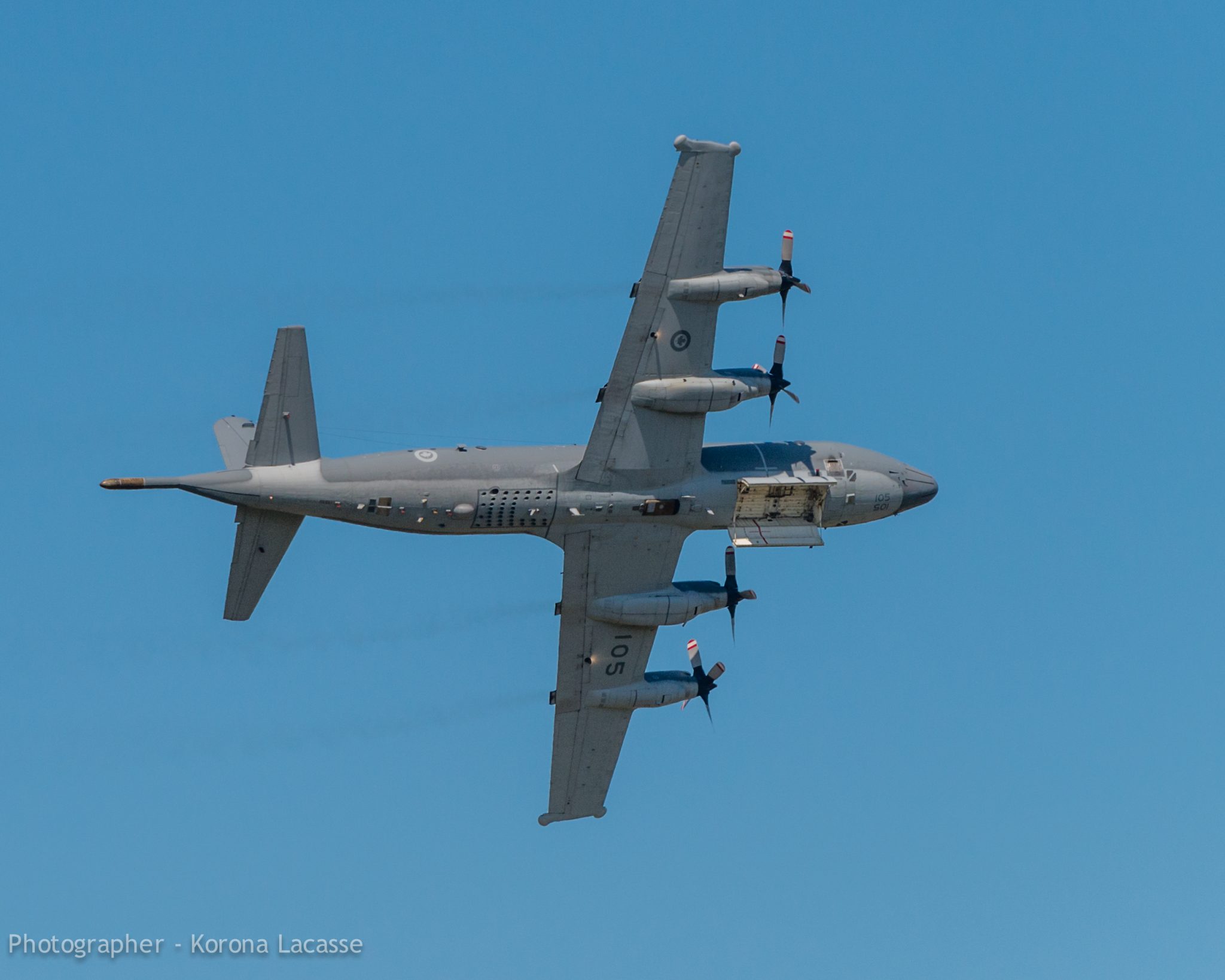
Combining Sensors With a New Gadget
At the heart of the Aurora sensor suite is the digital processor. Essentially, it is an airborne computer capable of simultaneously processing and displaying inputs from the sea-search radar, forward-looking infrared (FLIR) imager, electronic support measures (ESM) emitter location system, and the tail-mounted magnetic anomaly detector (MAD), as well as other mission equipment. By comparison, each system on board the P-3 Orion is individually operated, and its data is separately displayed.
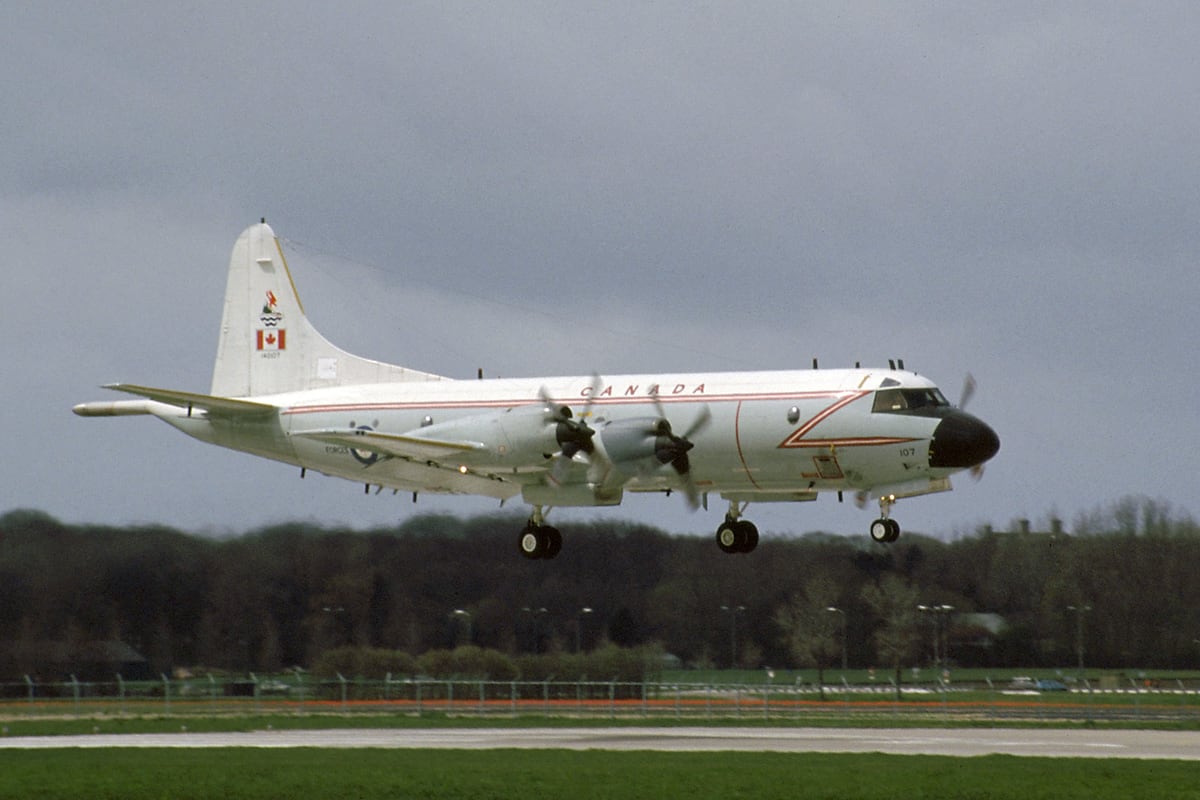
Inter-Service Cooperation Up North
Canadian CP-140s not only perform ASW missions but also conduct long-range search and rescue and strategic intelligence and surveillance work for various Canadian government agencies, including the Royal Canadian Mounted Police (RCMP), Canadian Special Operations Forces Command (CSOFC), Canada Command, and Canadian Joint Operations Command (CJOC).
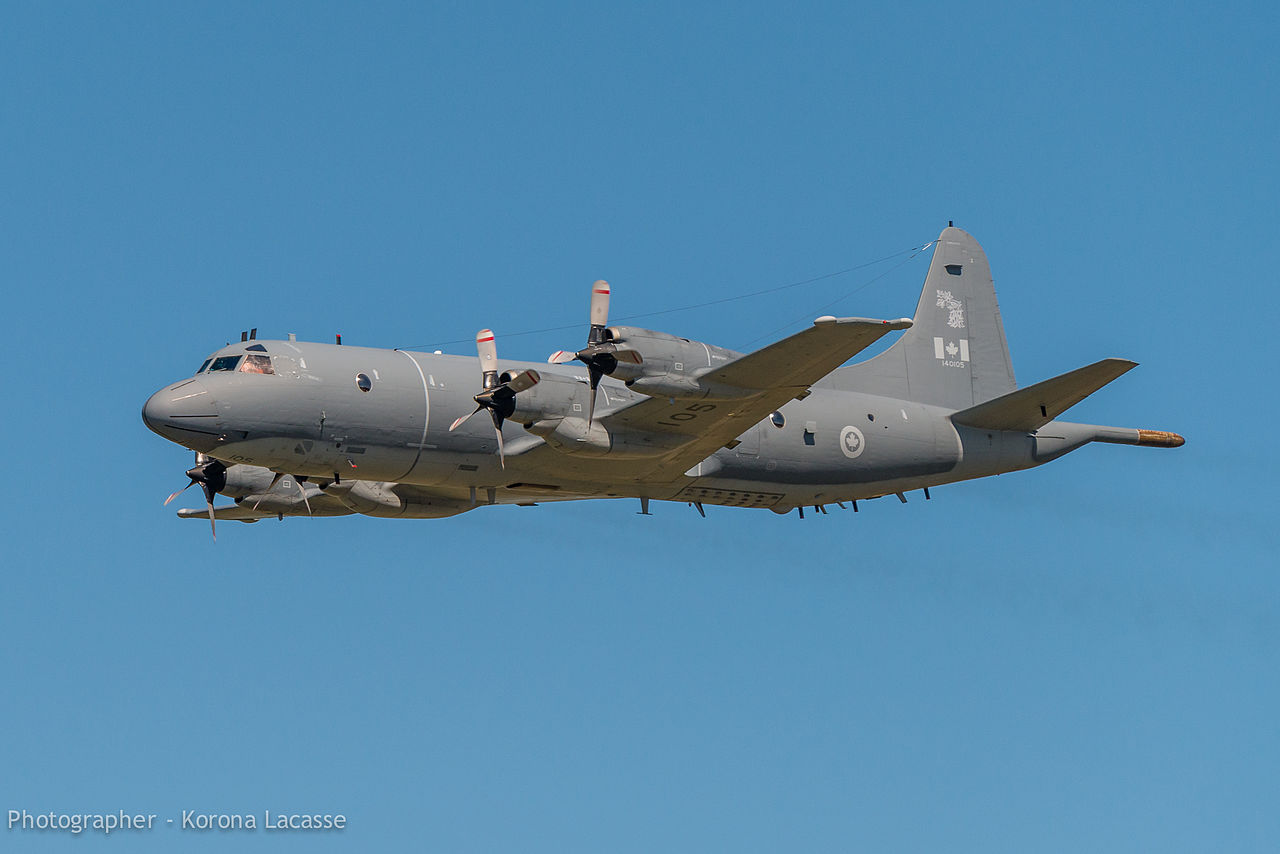
Those Globe-Trotting Canadians
Auroras have deployed to Naval Air Station (NAS) Adak in Alaska and NAS Kaneohe Bay in Hawaii. Foreign deployments have taken Auroras to Andoya Air Base in Norway, NAS Keflavik in Iceland, RAF Saint Mawgan in England, and RAF Kinloss in Scotland, as well as other even more exotic and out-of-the-way locales.
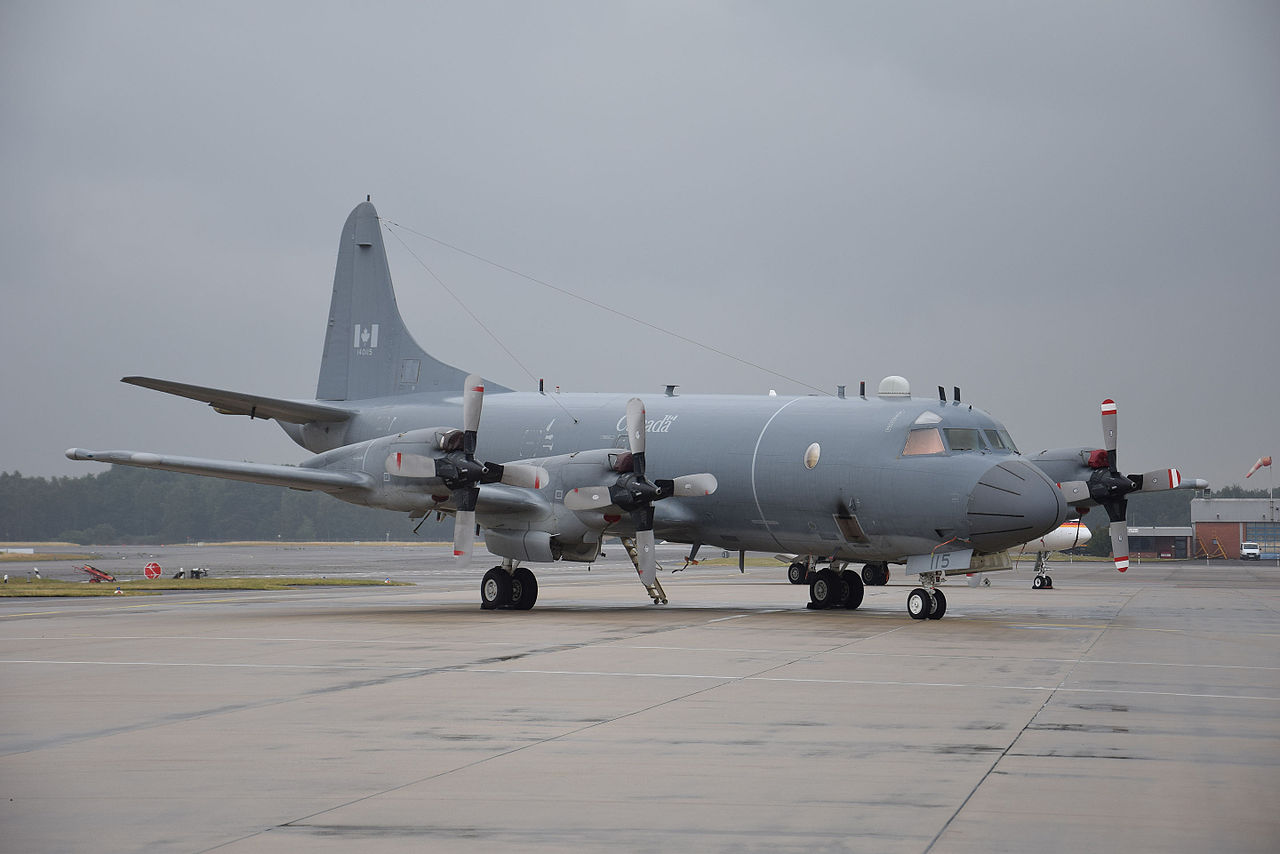
Differing Kinds of Combat
Specific missions assigned to CP-140s have included counter-narcotic patrols in the Gulf of Mexico and the Pacific, maritime surveillance during Operation Sharp Guard (the blockade of Yugoslavia), Operation Sirius and Operation Active Endeavour (anti-terrorism patrols in the Mediterranean), Operation Apollo (the Canadian component of the war in Afghanistan), and maritime patrol missions in Libyan waters to assist with enforcement of the no-fly zones during Operation Odyssey Dawn and Operation Unified Protector.
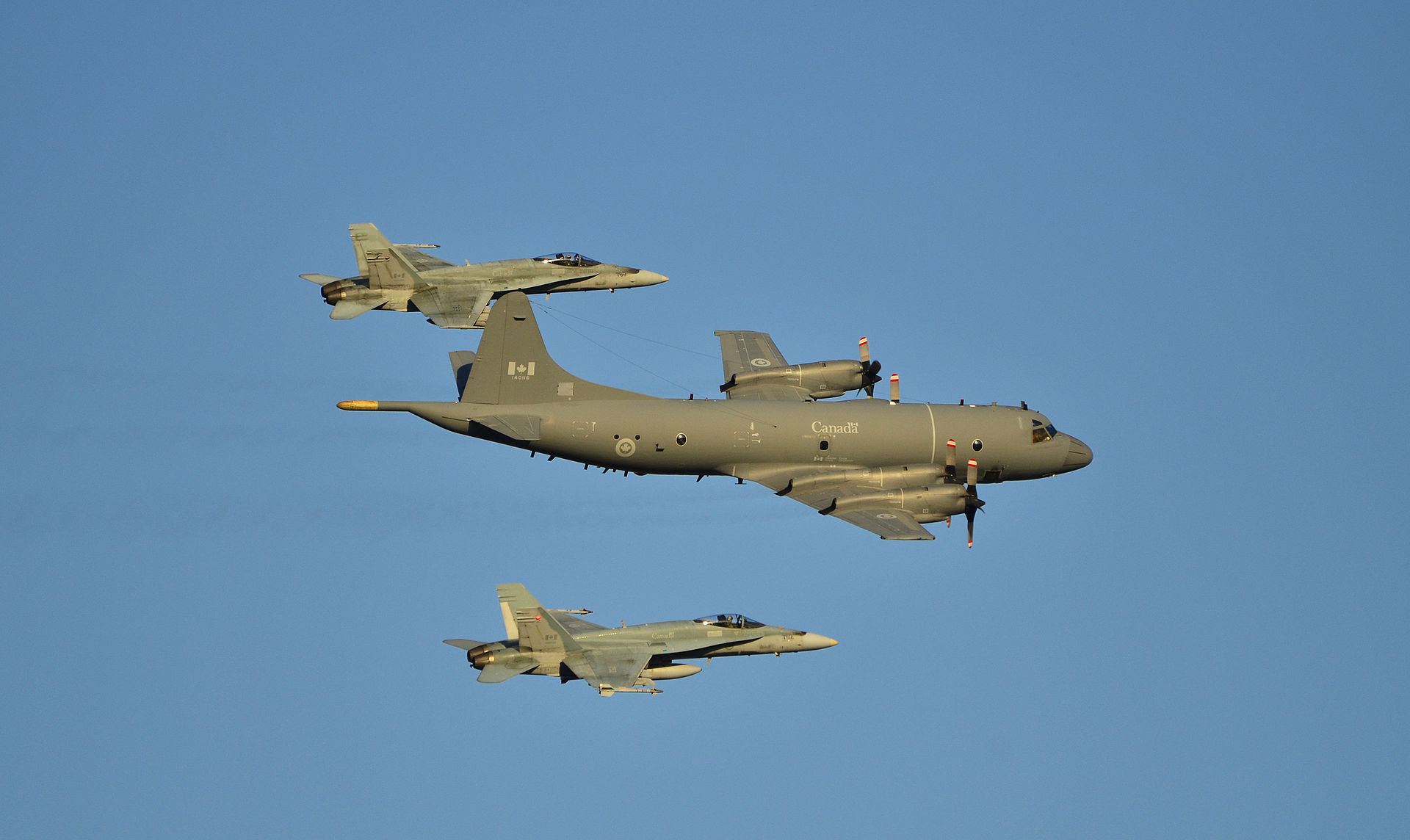
Keeping The Cutting Edge Sharp
For decades, Canada’s CP-140 Auroras have soldiered on—modernized repeatedly with new avionics, flight controls, and mission systems to keep pace with the times. But even the most steadfast sentinels must eventually stand down. After years of near-replacements and program delays, the Aurora’s long watch is finally ending. Canada has committed to Boeing’s P-8A Poseidon, with the first aircraft slated to arrive in 2026 and full operational rollout by 2033.
[youtube id=”kmIl5FON6TI” width=”800″ height=”454″ position=”left”]

Just a minor correction, but Canada’s special folks are called Canadian Special Operations Command (SOFCOM, or CANSOFCOM)